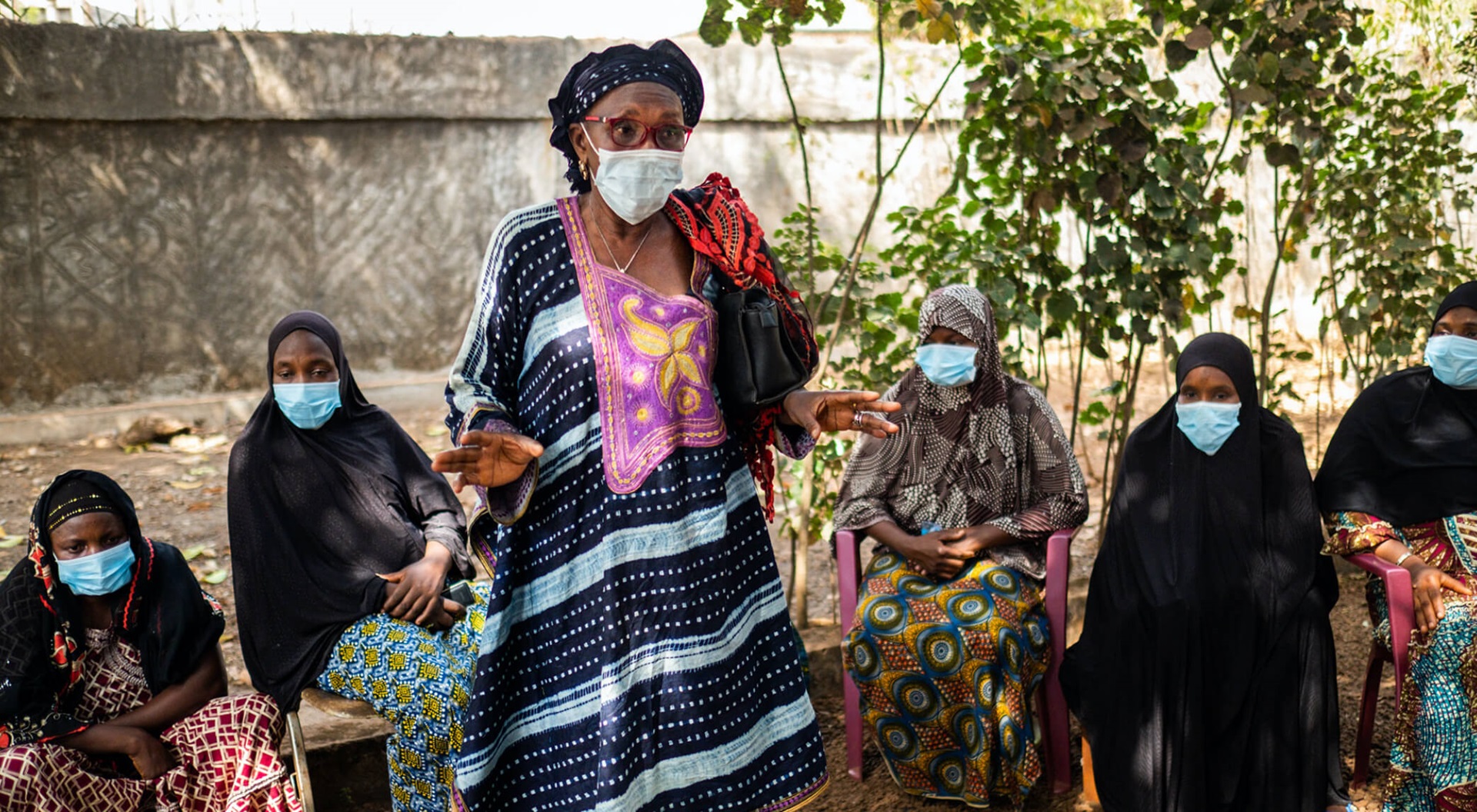
The world needs WHO
Now more than ever
Programme budget
2020–2021
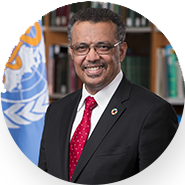
When I penned the Foreword to last year’s WHO Results Report, 4 million cases of COVID-19 had been reported to WHO, and some 300 000 people had lost their lives. A year later, the number of cases has ballooned more than 40-fold, to almost
160 million, and the number of deaths has increased 11 times, to more than 3.3 million.
A year ago, vaccines were still a distant hope; now they are giving us real hope of bringing the pandemic under control. Even so, the shocking
disparity in the global distribution of vaccines is another painful reminder of the inequities that blight our world and lie at the root of so many of its problems.
The past year has been the most testing in our Organization’s
history. However, it has also demonstrated why, more than ever, the world needs a strong and sustainable WHO. Our transformation is continuing to take root and bear fruit: many of the changes we have made have been tested by fire during the
past year, and have shown their worth. Already many lessons have been learned, more changes have been made, and new initiatives have been launched to strengthen the world’s pandemic preparedness and response capacities.
This
report showcases the incredible breadth and depth of WHO’s work over the past year, in responding to the pandemic, supporting countries to minimize disruption to essential health services, and in continuing our normative work at all
three levels of the Organization.
Reflecting our commitment to transparency, accountability and delivering an impact, the report presents WHO’s achievements in the past year against the Output scorecard, a unique reporting
mechanism in the United Nations system that provides a detailed accounting of our achievements against each of the “triple billion” indicators agreed by Member States.
Even before the pandemic, the world was lagging behind in its efforts to achieve the “triple billion” targets and the health-related Sustainable Development Goals. There is no doubt that the pandemic has blown us even
further off course. At the same time, it has reminded us why the targets are so important, and why we must pursue them with even more determination and innovation.
A crisis often helps us to see with greater clarity what really
matters. COVID-19 has robbed us of people we love, deprived millions of their livelihood, plunged the world into economic turmoil, torn at the social fabric and fanned the flames of inequity. But it has also reminded us that life is fragile,
and that health is not a luxury item for the rich. Rather, it is the most precious commodity on earth, and the foundation of the healthier, safer, fairer and more sustainable future we all want.
Feature stories
2020, a year like no other. A special look into the indispensable role of WHO in the COVID-19 pandemic.
PROGRESS TOWARDS
Impact on health, well-being and security
The aim of the GPW triple billion targets is to improve the health of millions of people around the world by 2023. They will provide a near-term snapshot of the world’s progress towards the Sustainable Development Goals (SDGs) for 2030. Current progress in reaching each of the three billion targets is summarized below. (The projections do not yet include the impacts of the COVID-19 pandemic.)
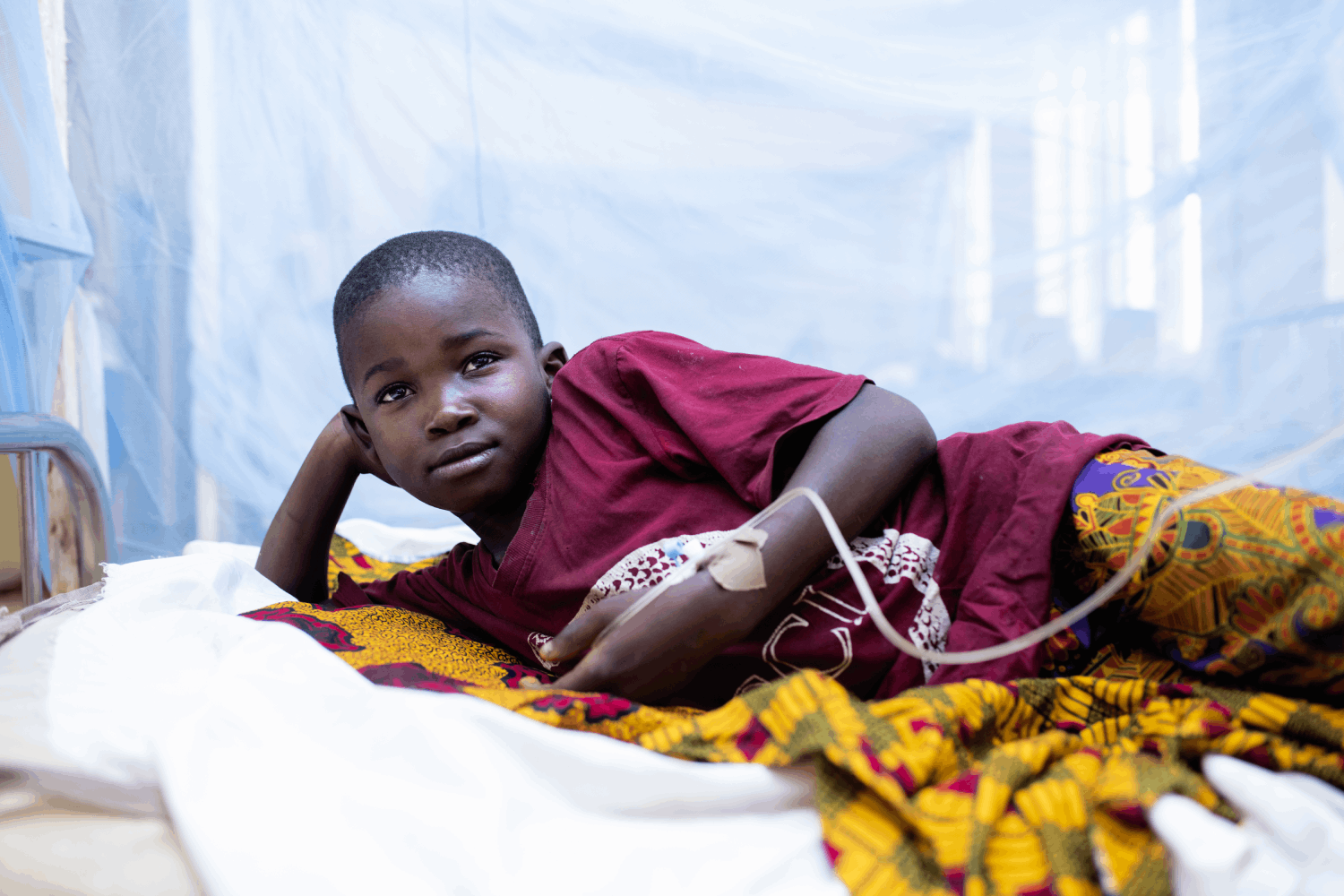


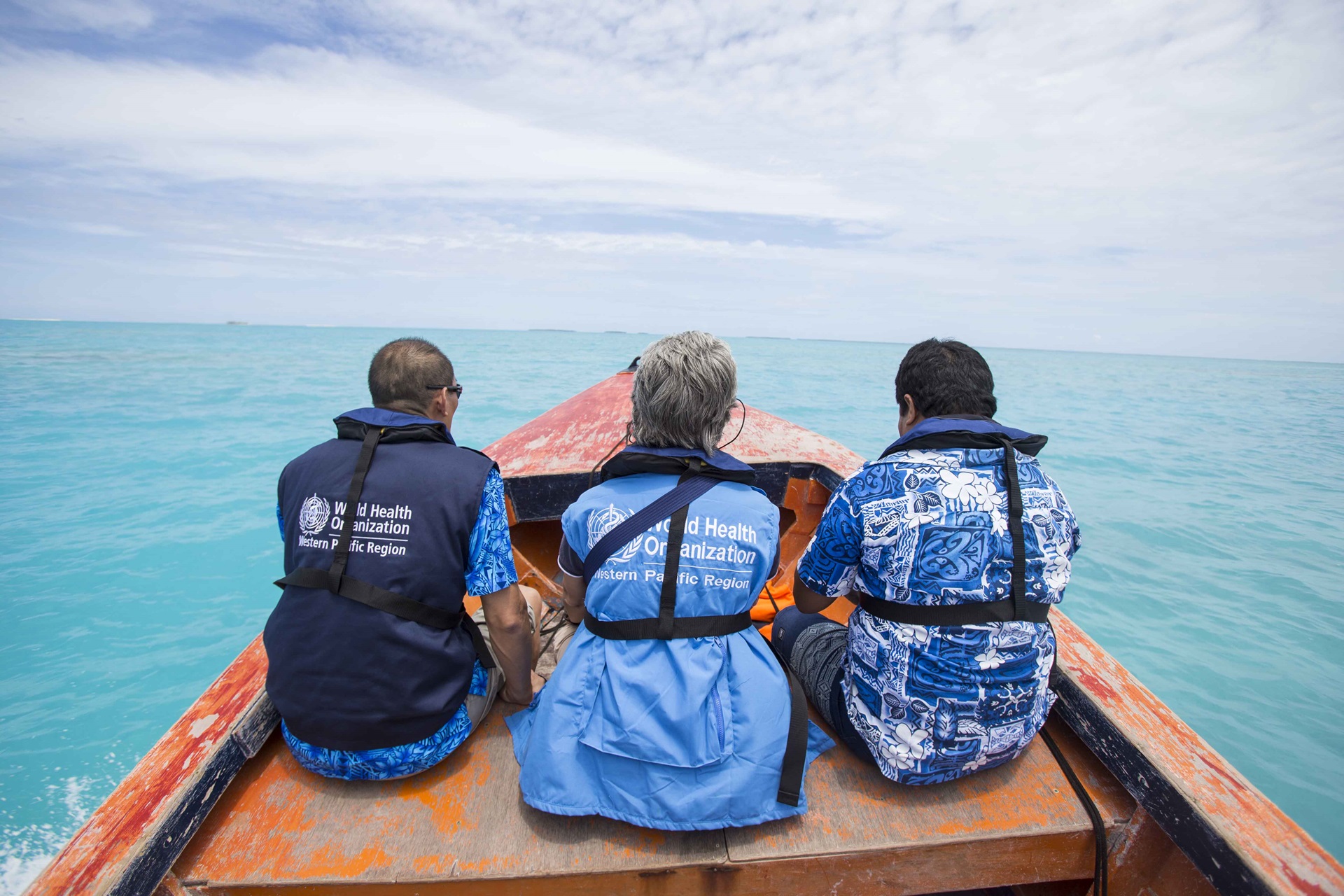
Budget implementation summary
WHO’s biennial Programme budget is based on the principles of transparency, accountability and providing value for money
- The World Health Assembly approved a total budget of US$ 5.84 billion for the 2020–2021 biennium.
- The Programme budget for this biennium was presented in four distinct segments: the Base programmes, Polio eradication, Special programmes and Emergency operations and appeals.
- As of 31 December 2020, budget utilization in all major offices is in line with that of previous biennia, and by the end of 2020 it had reached 60%.
- The Programme budget is fully funded at the segment level, despite the impacts of the COVID-19 crisis on the world’s economy .
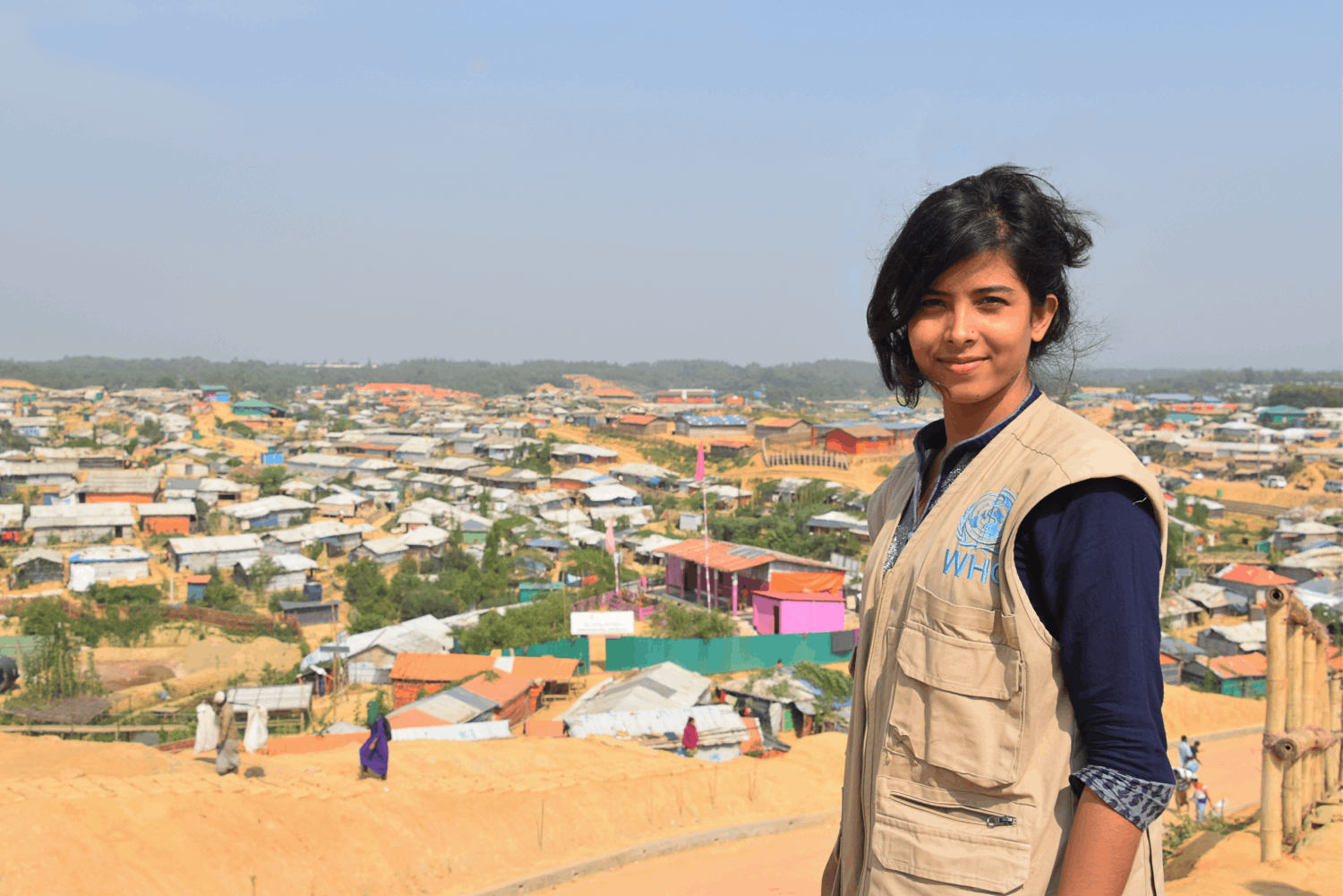
Health outcomes
Health outcomes we achieve together with Member States and partners to contribute to the triple billion targets.
.tmb-1920v.jpg?sfvrsn=99ca5a94_1)
How the WHO secretariat contributes to health outcomes
To demonstrate greater accountability, the WHO Secretariat measures the delivery of its outputs through the Output Scorecard.
.tmb-1920v.jpg?sfvrsn=5aedd94d_1)

